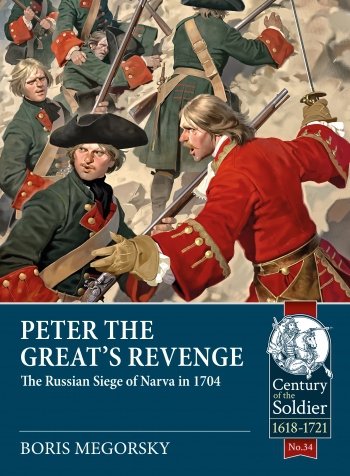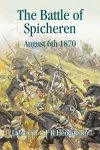Narva and Ivangorod – the two fortresses on both sides of Narova River – comprise a nowadays-unique fortification ensemble that has gone through many historical periods of the Baltic region. Narva gained world fame after two battles in early 1700s during the epic struggle between the Kingdom of Sweden and an alliance of northern powers sponsored by Tsar Peter the Great of Russia – the Great Northern War 1700-1721. First attacked in 1700, its Vauban style bastions were saved by a daring strike on the besieging Russians given by young King Charles XII who came to relieve the town. Four years later Narva saw another full scale three-months-long siege packed with sallies, bombardments, trench combat and peaked by general storm - something rare in a period when governors preferred to surrender before assault. Military campaigns in the Baroque age across Europe were far more fortress-oriented - field battles were few while sieges were many. Even then, Narva’s two sieges are extraordinary as they provide samples of nearly all possible siege tactics typical to the period but rarely applied to one and the same town. Telling the story of these 1700 and 1704 events thus gives us a chance to speak about the mechanism of fortification warfare, about everyday life of the besieger and the besieged, about morale, military customs of that time, and about broader context of the resolute struggle between Tsar Peter and King Charles. While writing about Narva’s sieges there are a number of plots to be covered. Lines of circumvallation – their perception in contemporary military thought and their use and fate in the 1700 campaign. Besiegers strive to obtain information via deserters and captives and the most unusual way to do so – a trick or stratagem, with the staging of a mock battle between Russian greencoats and bluecoats pretending to be Swedish relief force. Artillery was probably the most important arm to any siege and it is worth looking into such matters like technology of breaching the walls, use of bombardment against the town buildings, or addiction to a speciality weapon - hand mortars. Work and life in trenches under fire was typical experience to soldiers of the time. Sallies made by the garrison attempted to slow down their foe’s work, with varying success. Communication between the besieging army commander and governor is explored, along with the special role in it of drummers and trumpeters. When it comes to the final and rare stage of the siege – the general storm – aspects to be researched include the way assault columns were composed, controversy on selecting hour of attack, the amazing size of scaling ladders, and the behaviour of troops prior to and during the action. The inevitable consequence of a storm, the plundering of the town, raises question about period military laws on this subject. In conclusion the text will conclude with the further story of the town and the fate of several high and low ranking personalities – it will too give additional info on how war was waged in those years. The book is based on day-to-day journals, relations, personal accounts and correspondence from Russian, Swedish and impartial sources – both published and archival. The book is accompanied with numerous contemporary illustrations – prints depicting specifically Russian and Swedish military scenes as well as engravings from various European sources that visualize typical scenes of siege warfare – and artworks by modern artists.
"If you want to know how to service siege cannon, learn musket drill, see what an escalade is and how to carry it out, or the best construction for assault ladders; all this can be learned alongside information about troop and cavalry deployments, hard defences and naval support." Army Rumour Service
“Striking illustrations, maps, paintings, and engravings bring the world of Peter the Great to life and provide a fascinating backdrop and detailed authenticity to the text.” Wargames
"I like this approach to the subject. We get a good idea of the daily pattern of a siege, [...] while the inserts looking at the nature of siege warfare in this period give more context to the events being described. " History of War








